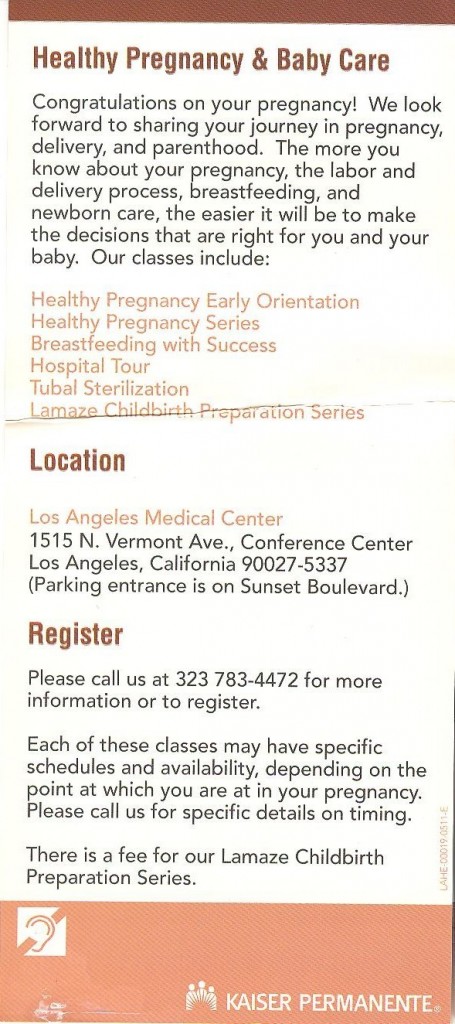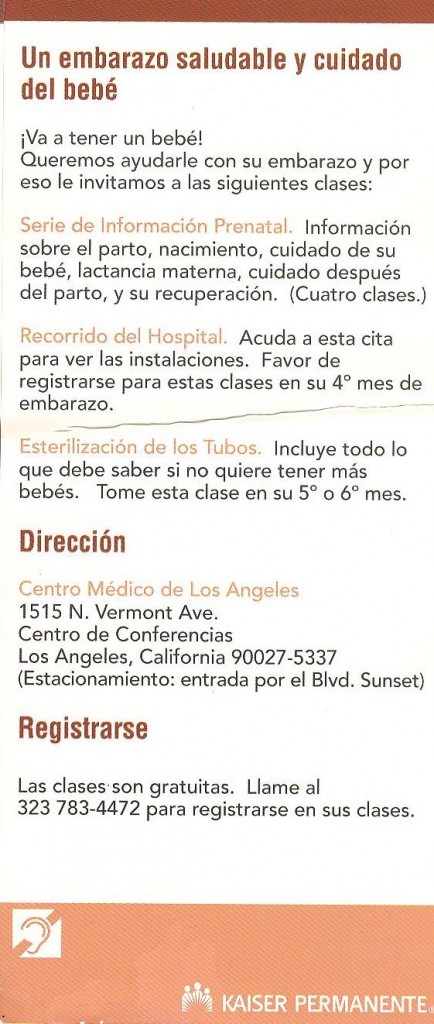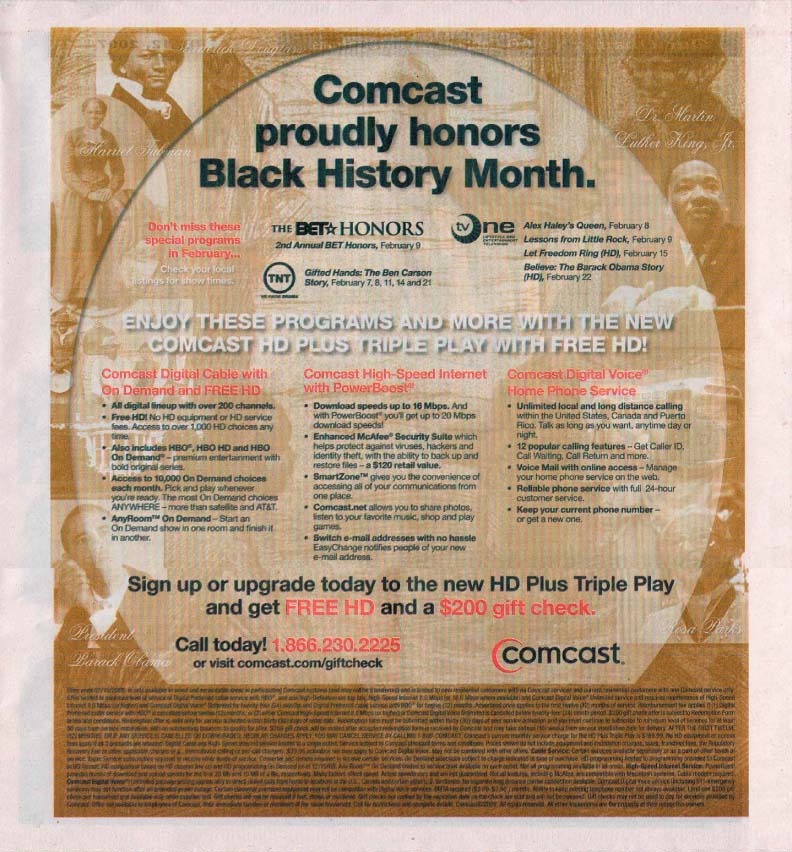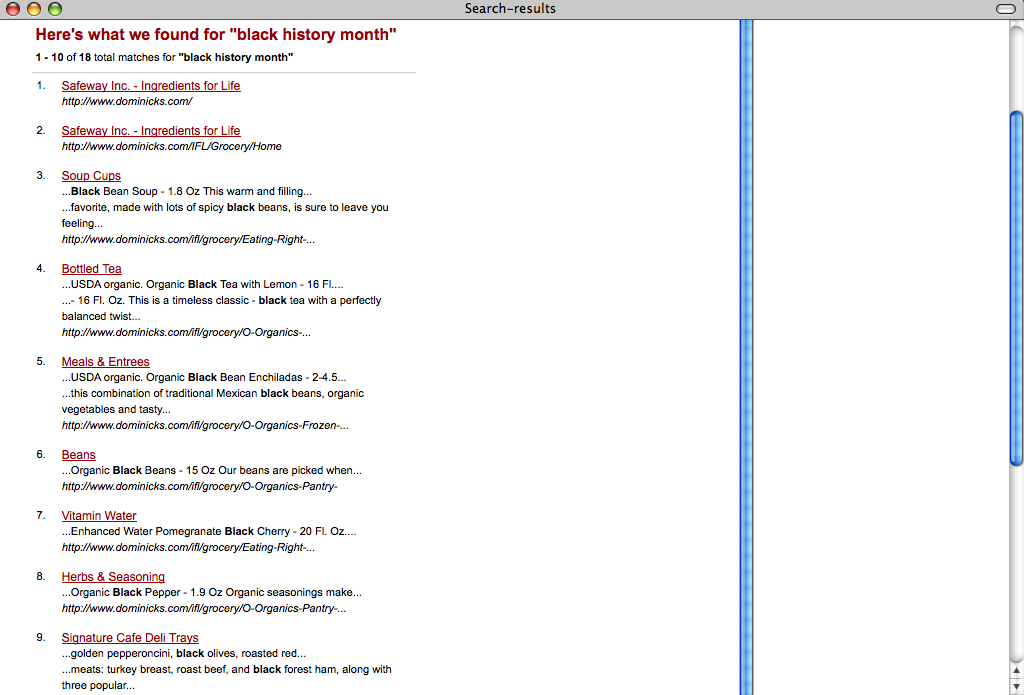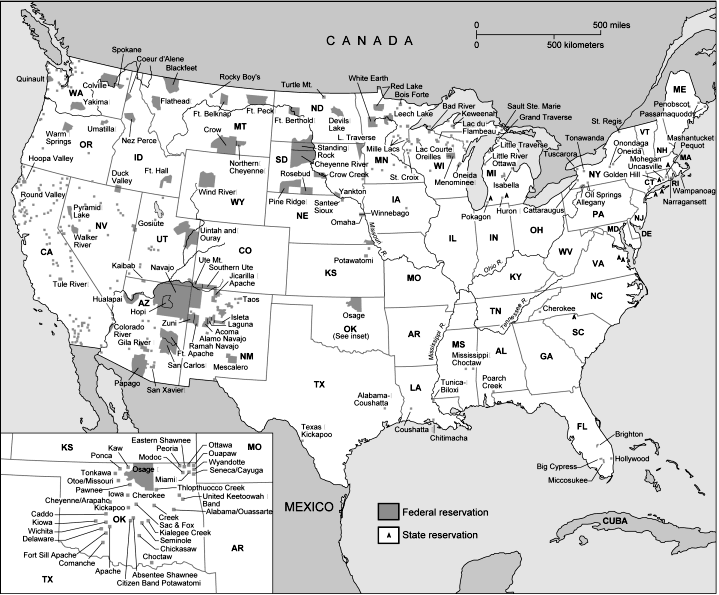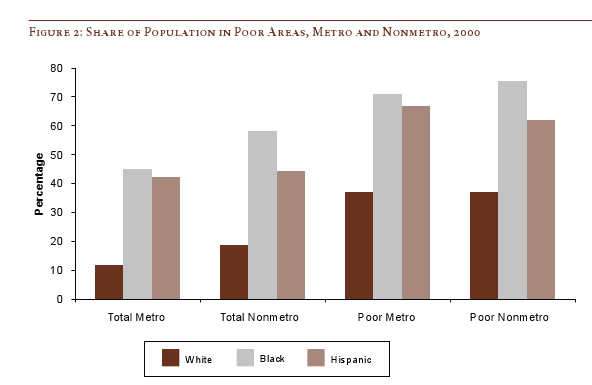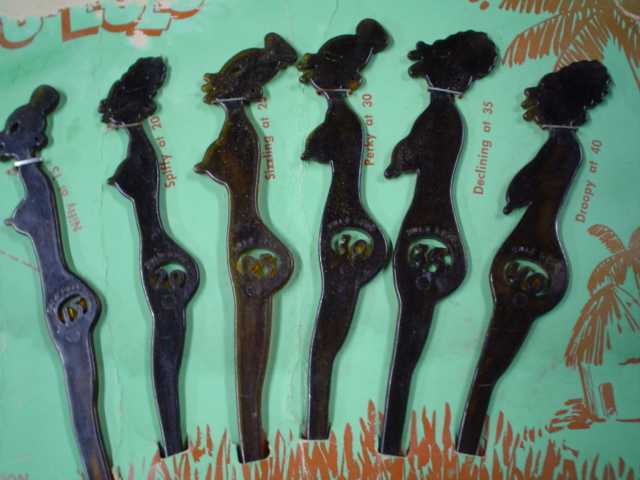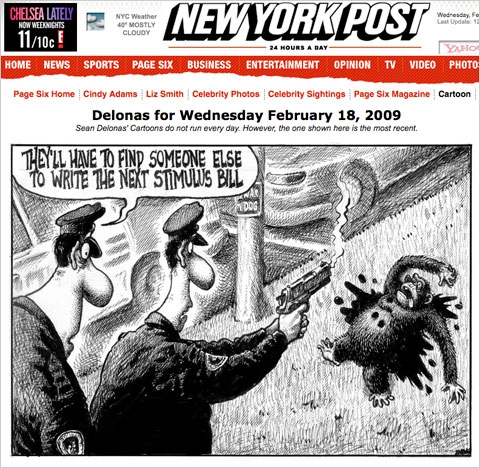From the Pew Center on the States report, One in 31: The Long Reach of American Corrections, “Adding up all probationers and parolees, prisoners and jail inmates, you’ll find America now has more than 7.3 million adults under some form of correctional control. That whopping figure is more than the populations of Chicago, Philadelphia, San Diego and Dallas put together, and larger than the populations of 38 states and the District of Columbia. During Ronald Reagan’s first term as president, 1 in every 77 adults was under the control of the correctional system in the United States. Now, 25 years later, it is 1 in 31, or 3.2 percent of all adults.”
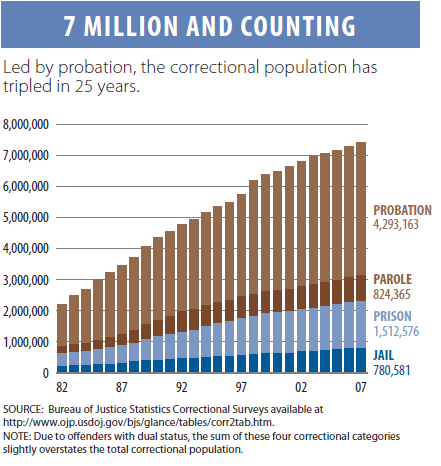
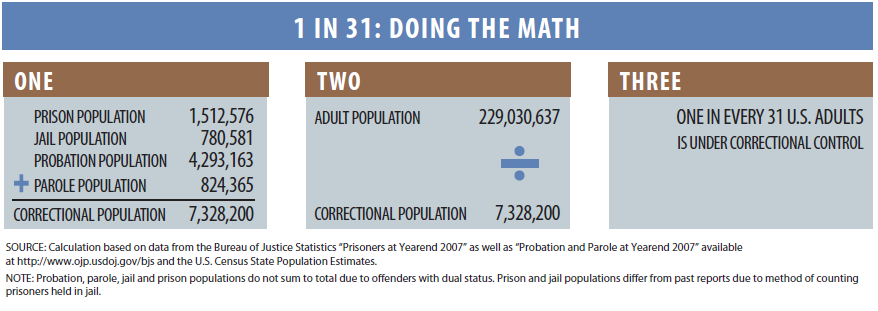
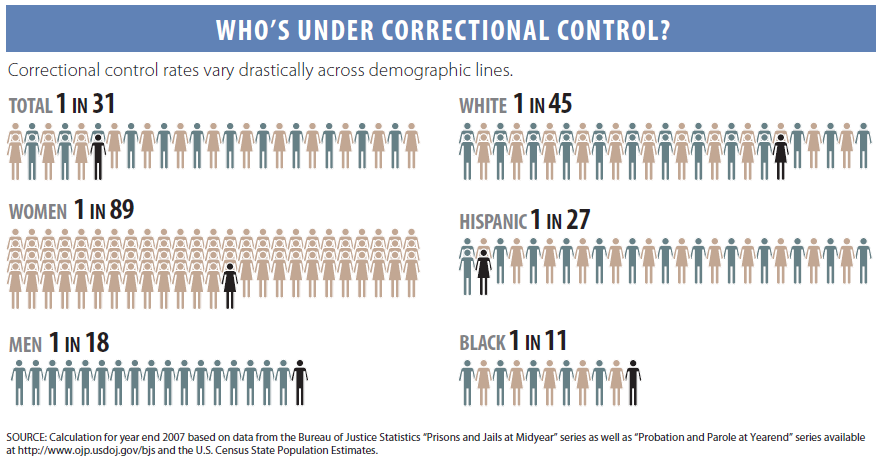 See the press release for a quick summary and the full report for much more data.
See the press release for a quick summary and the full report for much more data.

